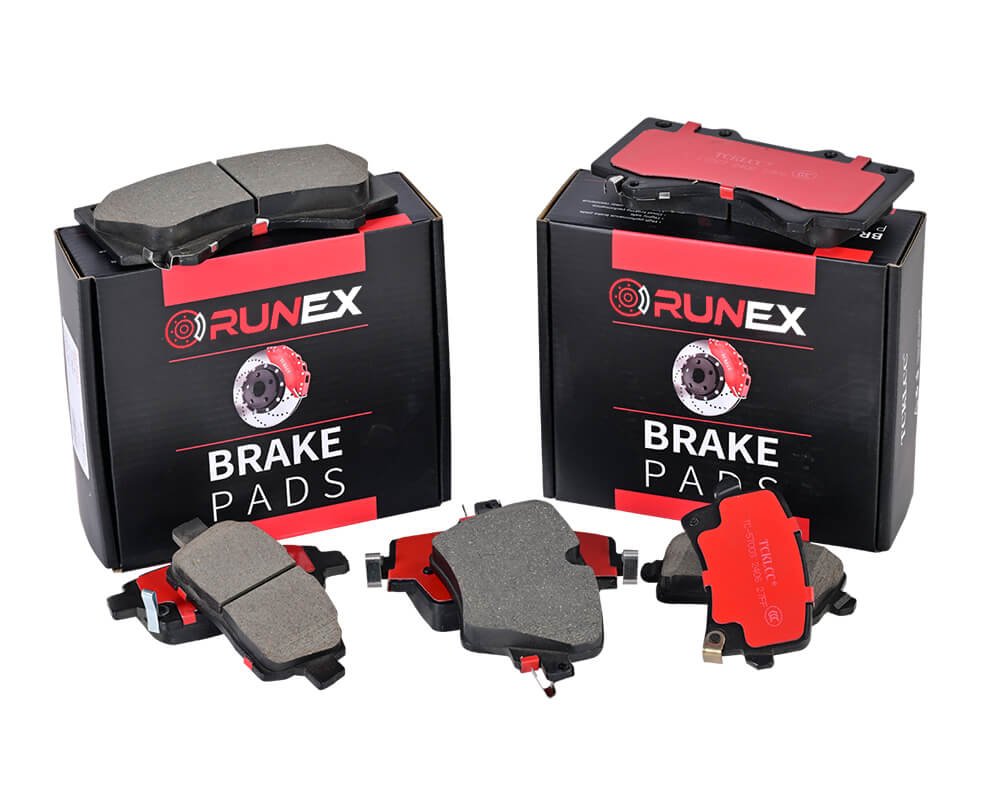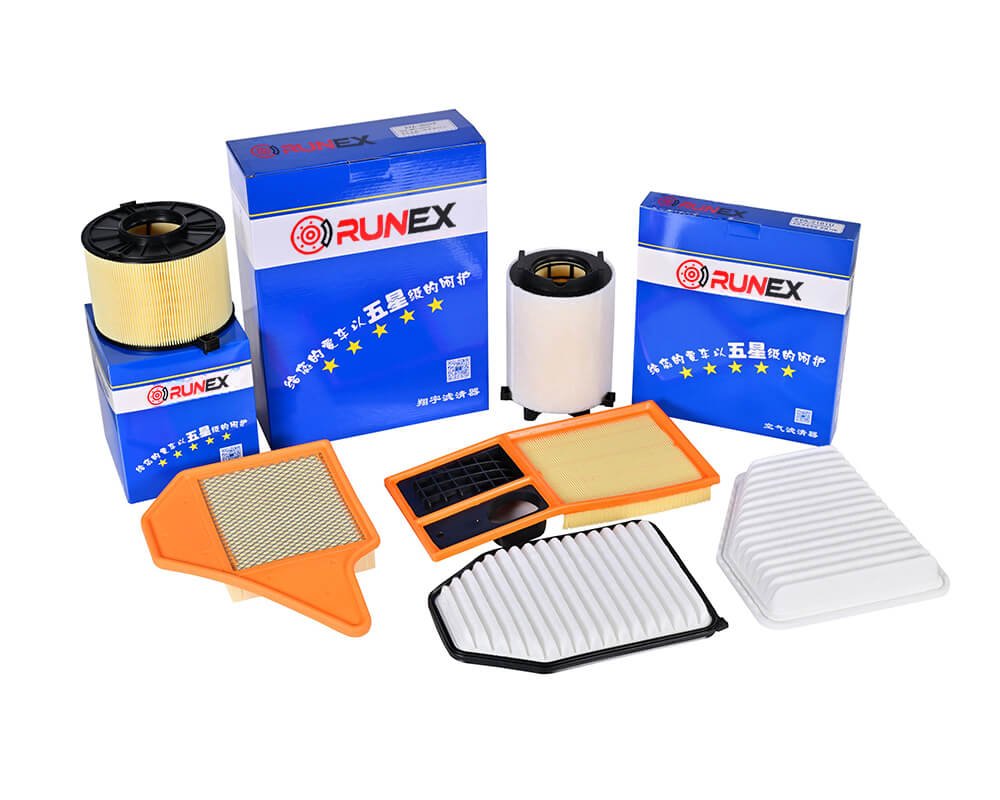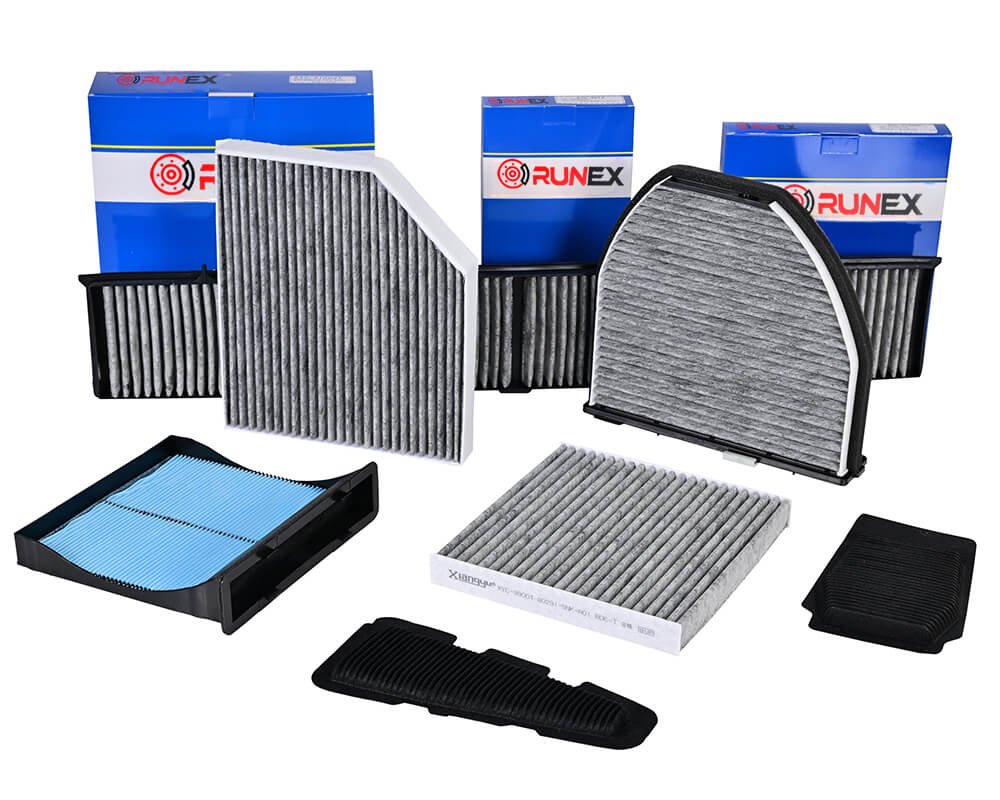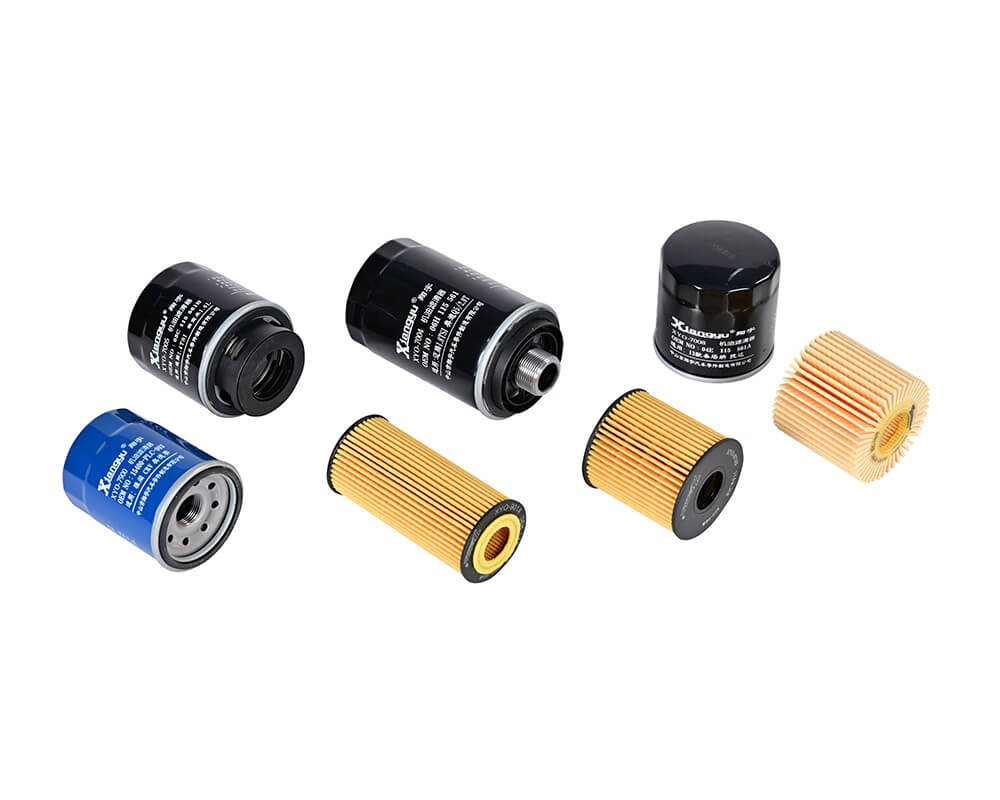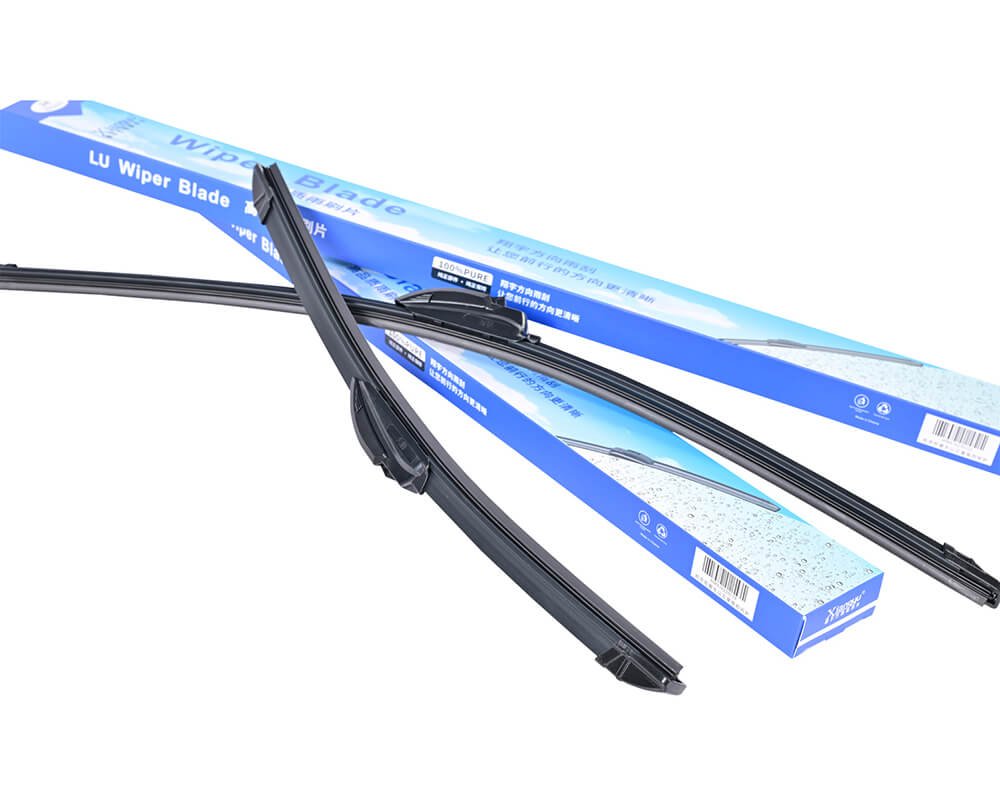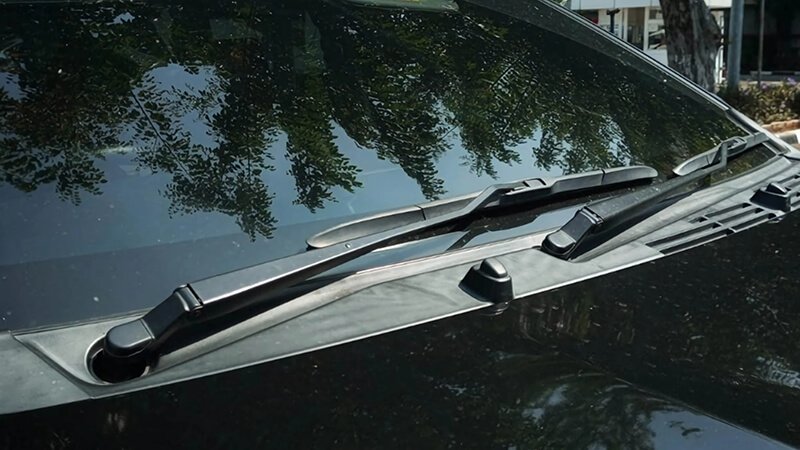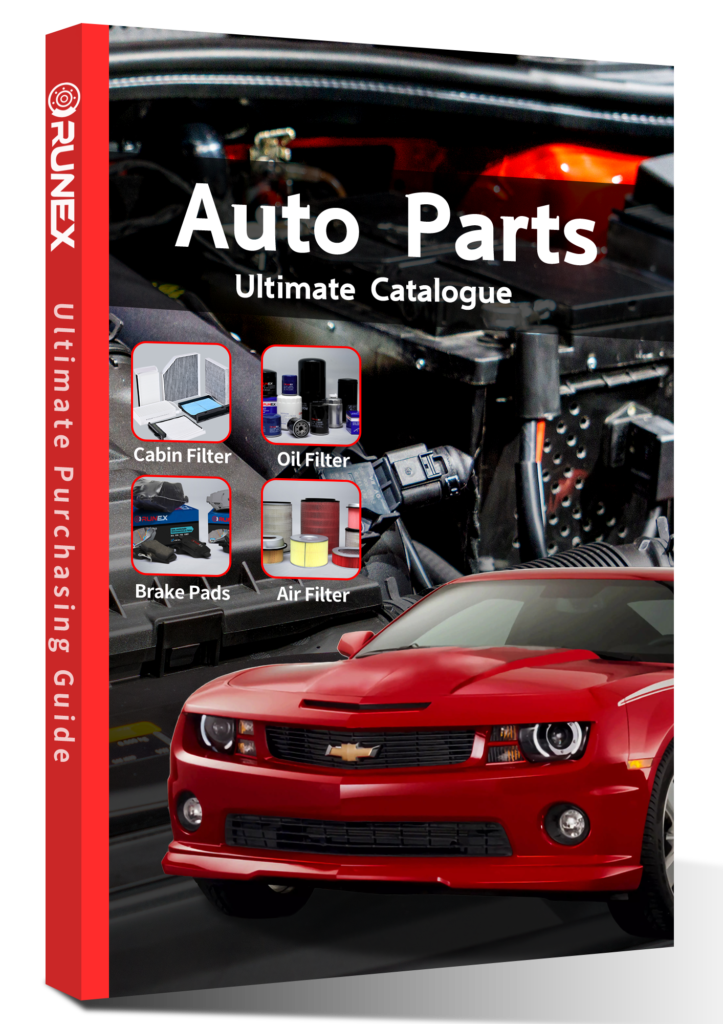As a new driver, understanding how your car's brakes work is essential for your safety. This guide will break down the brake system and help you learn how to use them properly, avoiding common mistakes and ensuring smooth driving.
Car brakes are vital for your safety on the road. Knowing how they work, the most common braking problems, and how to maintain them can make all the difference in preventing accidents and ensuring your vehicle runs smoothly.
Now that we understand why brakes are so important, let's dive into the details of how car brakes work step by step. Whether you're a first-time driver or just looking to improve your knowledge, this guide will give you the insights you need.

How do car brakes work step by step?
Have you ever wondered how pressing the brake pedal stops your car? Let’s go through the braking process step by step, breaking down the mechanics behind the system that keeps you safe on the road.
When you press the brake pedal, it triggers a series of actions that apply friction to stop your vehicle. It’s a combination of hydraulic pressure1, mechanical parts2, and friction3 that makes the system so effective.
Understanding how car brakes work requires an in-depth look at the whole system. Here’s a more detailed breakdown of the entire braking process:
-
Pedal Activation: When you push the brake pedal, this action is transmitted to the master cylinder. The master cylinder is responsible for converting the force from your foot into hydraulic pressure.
-
Hydraulic Pressure Transmission: The hydraulic pressure generated is sent through the brake lines to the brake calipers (in disc brake systems) or brake shoes (in drum brake systems). This pressure amplifies the force applied to the pedal, making the brakes more powerful.
-
Braking Mechanism: When the hydraulic pressure reaches the calipers or shoes, it forces the brake pads (or shoes) to press against the brake rotor (or drum). The friction between the brake pads and the rotor slows down the car.
- Disc Brakes: In a disc brake system, the brake pads are pressed against the spinning disc, creating friction and slowing down the rotation of the wheel.
- Drum Brakes: In a drum brake system, the brake shoes expand outward, pressing against the inside of the drum. The friction from the shoes creates the force to stop the car.
-
Heat Generation and Dissipation: Braking generates heat due to friction. Brakes are designed to dissipate this heat through the rotor or drum, which is why it's essential to give them time to cool down after heavy braking. If they overheat, it can lead to brake fade, reducing their efficiency.
-
Vehicle Stopping: As the brake pads apply pressure, the car gradually slows down. The harder you press the brake pedal, the more pressure is applied, resulting in a faster deceleration. The car eventually comes to a stop.
Braking System Components and Functions
| Component | Function |
|---|---|
| Brake Pedal | Converts foot pressure into force to activate braking system. |
| Master Cylinder | Transmits hydraulic force to brake lines. |
| Brake Lines | Carry brake fluid to the brake calipers or shoes. |
| Brake Calipers | In disc systems, they hold the brake pads and apply pressure to the rotor. |
| Brake Pads | Apply friction to the rotor to slow the wheel. |
| Brake Rotors | Provide a surface for the brake pads to press against to create friction. |
| Brake Fluid | Transfers force from the pedal to the braking system components. |
| Brake Shoes | In drum systems, they apply friction to the drum to stop the car. |
| Brake Drum | A cylindrical component in drum systems that works with shoes to slow the car. |
This is a simplified breakdown of the braking system, but each component has a crucial role in ensuring the system functions smoothly.

What is the most common braking problem of new drivers?
New drivers often face common challenges when it comes to braking. Understanding these issues can help you avoid mistakes that could be dangerous for you and others on the road.
The most common braking issue new drivers face is overbraking4 or underbraking5. This leads to jerky stops or insufficient stopping power, which can be risky in emergency situations. Proper braking technique is key.
New drivers often struggle with braking techniques because of a lack of experience in feeling the car’s response. Two of the most common problems are overbraking and underbraking.
1. Overbraking
Overbraking occurs when a driver applies too much pressure on the brake pedal, leading to a sudden, jarring stop. This can result in uncomfortable driving for passengers, damage to the brake system over time, and even reduced control over the vehicle if the car jerks or skids.
Consequences of Overbraking:
- Increased Brake Wear: Frequent overbraking can wear down your brake pads and rotors faster.
- Risk of Skidding: Especially in wet conditions, sudden braking can cause the tires to lose traction, leading to skidding or sliding.
- Discomfort: Jerky stops can be uncomfortable for passengers and can create a sense of unease.
2. Underbraking
Underbraking is the opposite of overbraking. It occurs when a driver does not press the brake pedal hard enough to stop the car effectively, especially in emergency situations. This can be dangerous, as it may prevent the car from stopping in time.
Consequences of Underbraking:
- Extended Stopping Distance: Not braking hard enough increases the distance needed to stop, which can be dangerous in traffic or emergency situations.
- Inability to Stop in Time: In critical moments, such as approaching a red light or pedestrian crossing, underbraking may prevent the car from stopping in time, leading to accidents.
To avoid both overbraking and underbraking, new drivers should focus on gradual braking6. Press the pedal smoothly and consistently, adjusting your pressure as the car slows down. Always try to anticipate the need for a stop early, giving yourself ample time to react.
How to Improve Braking Skills
| Braking Skill | What it Addresses |
|---|---|
| Smooth Pedal Pressure | Prevents overbraking and ensures comfortable stops. |
| Early Braking | Allows for a gradual stop and reduces the risk of underbraking. |
| Anticipating Stops | Helps in avoiding sudden stops and reduces the overall wear on the braking system. |
| Understanding Road Conditions | Adjust braking style based on the road surface (e.g., slippery or dry conditions). |

What is included in a full brake job?
If you’re a new driver, you might not know what’s included in a full brake job. Let’s break down what this maintenance service involves and why it’s important to keep your brakes in top condition.
A full brake job involves replacing worn-out brake pads7, resurfacing or replacing brake rotors8, and inspecting other components of the brake system to ensure everything is working properly. It’s a crucial part of car maintenance.
A full brake job is not just about changing the brake pads—it includes a comprehensive inspection and service of the entire braking system to ensure optimal performance. Here’s a detailed look at what’s included:
-
Brake Pad Replacement: The brake pads are the most frequently replaced part of the brake system. As they wear down from constant friction with the rotors, they lose their effectiveness, and it becomes necessary to replace them to ensure your car can stop properly.
-
Resurfacing or Replacing Brake Rotors: The rotors, which are essential for friction, can become warped or scored over time. If they are still within an acceptable thickness, a technician may resurface them, but if they’re too damaged, they need to be replaced entirely.
-
Brake Fluid Flush9: Brake fluid absorbs moisture over time, which can lead to a decrease in braking performance. A brake fluid flush removes old fluid and replaces it with fresh, clean fluid to ensure consistent braking power.
-
Caliper Inspection and Lubrication: The calipers must be checked for signs of wear or damage. If the calipers are not functioning properly, they can cause uneven braking or make a grinding noise. Additionally, the pins and hardware are lubricated to ensure smooth movement.
-
Brake Line Check: The brake lines need to be inspected for leaks, cracks, or blockages. Any issues with the brake lines can result in a loss of hydraulic pressure, leading to brake failure.
-
Shoe and Drum Inspection (for Drum Brakes): In drum brake systems, the brake shoes are inspected for wear, and the drums are checked for damage or scoring.
Key Components of a Full Brake Job
| Component | Service/Inspection | Reason |
|---|---|---|
| Brake Pads | Replacement of worn-out pads. | Ensures efficient stopping power. |
| Brake Rotors | Resurfacing or replacement of damaged rotors. | Prevents vibrations and ensures smooth braking. |
| Brake Fluid | Flush and replace with fresh fluid. | Maintains braking efficiency and safety. |
| Brake Calipers | Inspection and lubrication. | Ensures proper pressure application and smooth operation. |
| Brake Lines | Check for leaks, cracks, or blockages. | Prevents loss of hydraulic pressure. |
| Drum & Shoes (for drum brakes) | Inspection and resurfacing/replacement. | Prevents braking issues due to damaged drums. |
By regularly performing a full brake job, you ensure your braking system remains in top shape, which is critical for both safety and performance.

How do you properly use car brakes?
Proper use of car brakes is essential for safety and smooth driving. Let’s explore the best techniques to use your brakes effectively, especially for new drivers who are still getting the hang of things.
To use car brakes properly, avoid slamming on the pedal. Instead, apply gradual and consistent pressure to slow down, and always give yourself enough distance from other vehicles to react in time.
Proper braking isn’t just about stopping quickly—it’s about doing so safely and smoothly. Here are some key tips for using your brakes properly:
-
Anticipate Stops Early: The best way to ensure smooth braking is to anticipate stops well in advance. Keep an eye on traffic lights10, stop signs11, and the movement of vehicles ahead of you. This allows you to start braking early, avoiding the need for hard stops.
-
Smooth and Steady Pedal Pressure: Gradually apply pressure to the brake pedal. This avoids both overbraking12 and underbraking13. Pressing the pedal too hard can cause a jerky stop, while pressing too lightly can increase stopping distance.
-
Use Engine Braking on Downhill Slopes: When driving downhill, use engine braking14 by shifting to a lower gear. This helps slow the car down without overloading the brake system. It also reduces brake wear.
-
Don’t Ride the Brakes: Riding the brakes means keeping your foot on the brake pedal while driving. This can cause unnecessary wear on your brakes and is not recommended. Only use the brakes when you need to slow down or stop.
-
Maintain a Safe Following Distance: Always leave enough space between you and the vehicle ahead. This gives you enough time to react to sudden stops and apply the brakes without risking an accident.
By following these steps and regularly maintaining your brakes, you can ensure both your safety and the longevity of your vehicle’s braking system.

Conclusion
Understanding how car brakes work and how to use them properly is crucial for every new driver. By following these tips and performing regular brake maintenance, you can keep your vehicle in top shape, ensure smooth driving, and most importantly, stay safe on the road.
Do not hesitate to contact us 15 to get your best brake pads for your business.
-
Understand how hydraulic pressure works in brake systems to make them more effective. ↩
-
Learn about the key mechanical components in car braking systems. ↩
-
Find out how friction slows down a car and its role in braking. ↩
-
Learn the causes and risks of overbraking in driving, and how to avoid it. ↩
-
Understand underbraking and its dangers, and how to prevent it for safe driving. ↩
-
Get tips on how to apply gradual braking to avoid sudden stops and improve control. ↩
-
Learn about brake pads, their function, and why replacing them is crucial for safe driving. ↩
-
Understand the role of brake rotors in stopping your car and how they’re resurfaced or replaced. ↩
-
Discover why brake fluid flushes are important to maintain your car’s braking performance. ↩
-
Learn how anticipating stops can help prevent sudden braking and ensure smoother driving. ↩
-
Understand the role of stop signs in driving safety and how to anticipate your stops. ↩
-
Learn about overbraking, its causes, and how to prevent it for smoother stops. ↩
-
Find out what underbraking is and how to avoid it for safe driving. ↩
-
Discover the benefits of engine braking and how it reduces brake wear. ↩
-
Know more about Runex Auto's Brake Pads here. ↩



